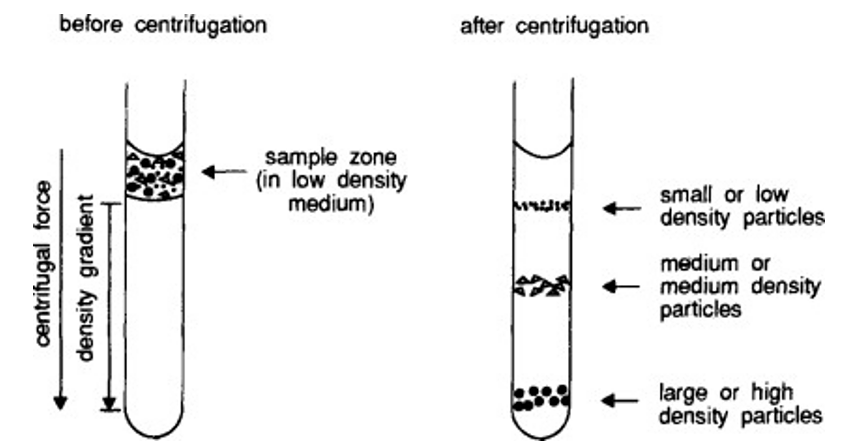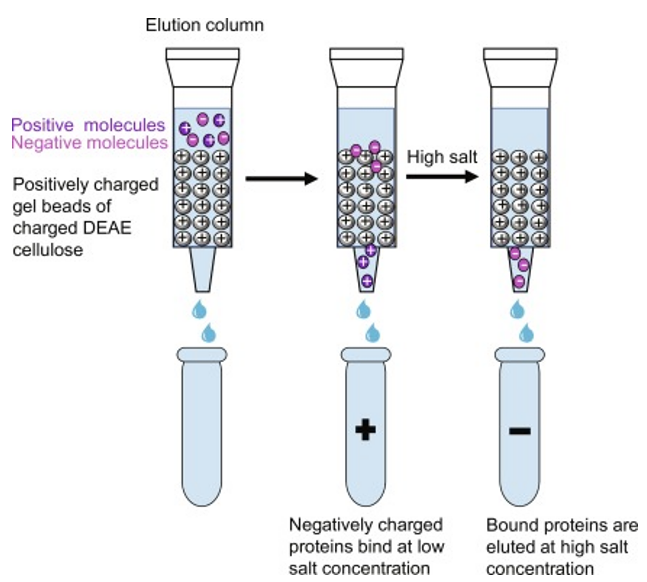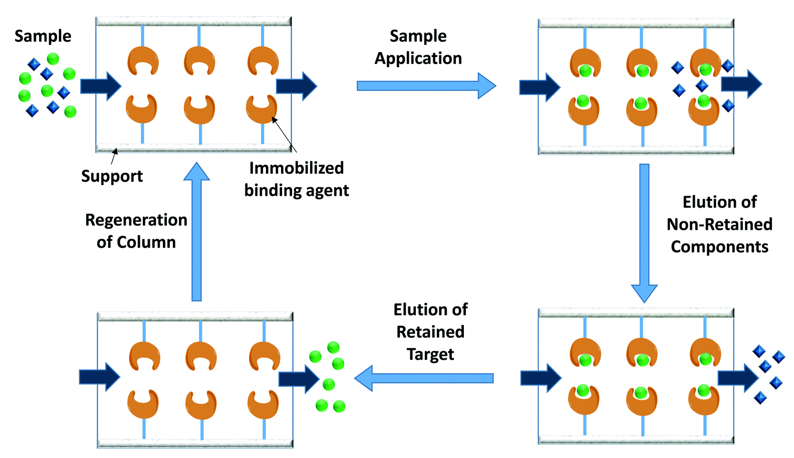Vaccines have been essential in disease prevention, and the requirements for vaccine quality continue to increase. The application of advanced separation and purification technologies during the preparation of traditional and new vaccines is an effective means to improve vaccine efficacy and reduce side effects. Here are some commonly used purification methods:
Centrifugal
1. Ultracentrifugation
The sample particles sink at a certain speed, determined by their size, shape, and centrifugal force.
If the sample is a homogeneous suspension containing only one particle, a clear interface will slowly move to the bottom of the pool due to the continuous sedimentation of the particles in the analysis cell. If the sample is a mixture of particles, each particle will settle at its own speed.
2. Rate zonal centrifugation
Place a small amount of suspension on a gentle density gradient, and use this gradient to stabilize the sedimentation of the particles. Due to centrifugation, the particles will move away from the starting zone. The speed of movement is determined by the size and shape of the particles and the centrifugal force they are subjected to. After centrifugation for a period of time, various particles will move according to their relative speed and be separated into a series of zones. This method can easily separate particles with a sedimentation velocity difference of 20% or less.
3. Isopycnic centrifugation
The particles are dissolved in the gradient solution, and the particles either float up or sink through centrifugation to reach the liquid with the same density. Here, they have no weight and do not move, no matter how long the centrifugal time. These particles become a series of zones, each particle in its own density zone.

Schematic diagram of rate-zonal and isopycnic centrifugation (Dey et al., 2007)
Chromatography
1. Gel filtration chromatography
Gel filtration chromatography separates substances by molecular size. It is mainly used in component separation: desalination, replacement of buffers, removal of harmful reagents, purification of biomolecules such as proteins, peptides, and polysaccharides, calculation of molecular size and molecular homogeneity, etc. It has the advantages of quick buffer replacement, mildness, high yield, any buffer system, removal of aggregates, and separation by size. The disadvantages are low selectivity and limited sample loading.
2. Ion exchange chromatography
Ion exchange chromatography is an adsorption chromatography that separates molecules based on the charge difference. It is widely used because it is suitable for all purification stages and all scale production, controllable, can concentrate samples, and has a high recovery rate, high selection, and high capacity. It is very important to choose the correct ion exchange medium. Different samples and different purification purposes require different ion exchange media.

Ion exchange chromatography (Chang et al., 2019)
3. Hydrophobic chromatography
Hydrophobic chromatography is a technique for separating biomolecules according to their hydrophobic properties in liquid chromatography. It is a supplement to ion exchange technology, gel filtration technology, and affinity chromatography technology. It has the characteristics of mild, non-denaturing purification conditions, high selectivity, and high yield.
4. Affinity chromatography
Affinity chromatography is a technique for separating biomolecules through specific interactions between biomolecules. It is commonly used for purifying proteins. One-step purification can enhance the purity to greater than 95%, remove specific impurities, and achieve rapid separation. It is widely used in the separation of monoclonal antibodies and polyclonal antibodies, the separation of fusion proteins, the separation of enzymes, and the separation of DNA binding proteins.

High-performance affinity chromatography (Zhang et al., 2018)
Creative Proteomics can provide customers with vaccine characterization services, including vaccine identification, vaccine purity analysis, modification analysis, and advanced structural analysis.






